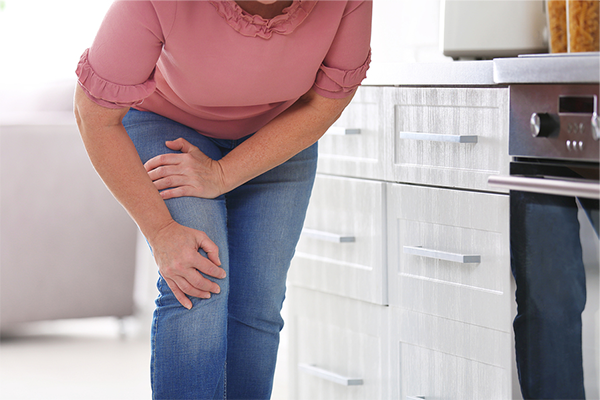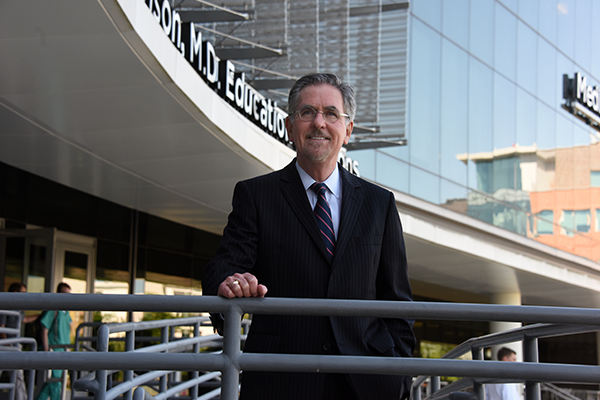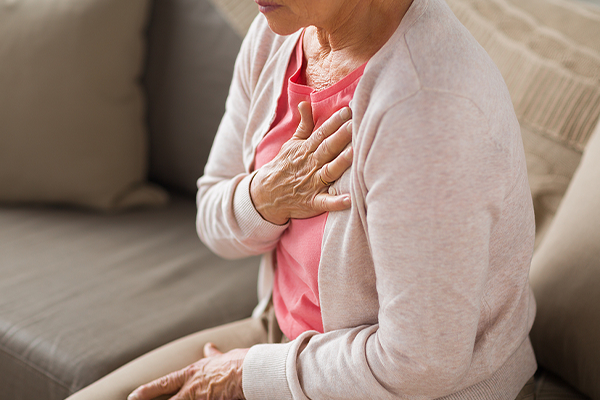Over a lifetime, the extra fats and cholesterol we eat in our diet builds up in our blood vessels.
For some of us, there’s so much plaque in the main vessels that lead to our heart that we have a heart attack.
But many more of us are living with peripheral artery disease—a buildup of plaque in other blood vessels such as in the legs—and we don’t even know it.
Unlike a real heart attack, PAD isn’t an emergency—at first. But our bodies need good blood flow to stay healthy. So if PAD isn’t treated and our lower legs don’t get enough blood and oxygen over a long period of time, tissues can get infected or even die, which could lead to amputation.
“The big question, however, isn’t who has it,” said Dr. Mrinal Shukla, a vascular surgeon at Augusta University Health. “It’s this: Are you symptomatic?”
PAD is mostly a silent disease, until it isn’t. That’s when a person might notice a burning feeling in their legs when they’re walking down the driveway to get their mail. They might even have to stop once or twice before they can make it down the road. Then, over time, it might get really bad, and the burning pain doesn’t ease up, even when they rest.
Here’s How Your Blood Vessels Work
Inside our bodies, there’s one major blood vessel that leads down to the legs, then branches off to each leg. At the knee, that blood vessel splits again. But along with those major blood vessels, there are many smaller blood vessels.
When there’s a blockage in a major vessel due to PAD, those smaller blood vessels have to work harder to compensate for demand. “Think of it as a highway,” said Shukla. “If I-75 is shut down, you’ll have to go down back roads. So, traffic to those little cities and those two-lane roads increases. If that keeps on and I-75 doesn’t open back up, eventually those two-lane roads will need to become four-lane roads. That’s what the body is doing.”
The burning pain of PAD is just like a wreck, or blocked traffic, on that highway. Or you could think of it this way: “It’s like your legs are having a heart attack,” said Shukla.
Treating PAD
The best treatment for PAD is done early. Most patients can benefit from simple lifestyle changes, while others may need invasive procedures or surgery.
Those lifestyle changes aren’t anything new: “Stop using tobacco, take aspirin as a blood thinner, reduce cholesterol by taking statins, control your blood sugars and exercise,” said Shukla.
Exercise, along with taking aspirin and statins, help blood flow more smoothly. And since tobacco abuse and poor sugar control attract sticky plaque to artery walls, quitting smoking and managing diabetes will also help keep vessels clearer.
If patients with early PAD can stick to these five steps. They should find that in just a short time, their symptoms will go away. But patients have to keep at it, Shukla emphasized. “The disease within each blood vessel is still there,” he said. “But doing these things will help boost blood flow and ease symptoms.”
For patients in constant pain even when they’re resting, or patients with early PAD but active jobs where they must walk, surgery might be a better option to ease symptoms. There are two types of procedures:
• Minimally invasive surgery: A vascular surgeon will insert thin wire and a balloon or a stent (a hollow tube) to help compress the plaque against the artery wall to get rid of the blockage. This is often an outpatient procedure, and patients usually go home the same day.
• Open surgery: There are two main types. In one, a vascular surgeon will open up the artery, remove the blockage, then place a patch. In the other, the surgeon may use a piece of vein to create a brand new “road,” attaching the vein before and after the blockage to give blood a different path. This surgery may require general anesthesia and patient may have to stay in the hospital for at least two to three days.
But surgery isn’t a quick fix, Shukla cautions. After surgery, patients still need to stick to the five steps: quitting tobacco use, taking aspirin, taking statins, controlling blood sugars, and exercising.
“The big thing for me is education,” he said. “I spend a lot of time in clinic talking about how to reduce risk of PAD, and prevention is paramount. Our goal is lifestyle improvement and preventing limb loss. Early recognition, early discussion and prevention are really what helps prevent amputations and lead to a better lifestyle, without pain, for patients with PAD.”





